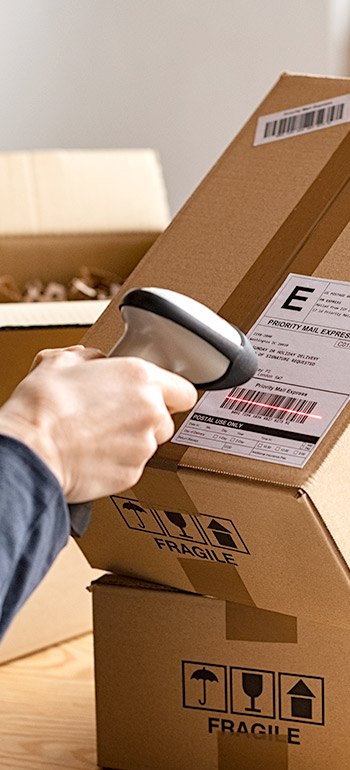In many ways, digital adoption trends have pushed companies to work more efficiently and get more done. On the other hand, there will always be some elements of traditional office life. Physical mail, paper copies, and consumable inventory are a relevant part of the modern office that can’t be ignored — and in some cases, they are becoming a bigger part of operations.
While the USPS reported a drop in first class mail over the last decade, the number of shipped packages has significantly increased due to online purchases. That means more packages are making their way into organizations and universities, and facility managers are accountable for processing and distributing each of these items.
According to Ricoh, the average mailroom receives 500 to 1,000 packages each day.
Operations managers can use systems and office service strategies to streamline these services for employees. In the changing office environment, it’s important to stay responsive so everyone knows how to pick up their package and get their coffee.








